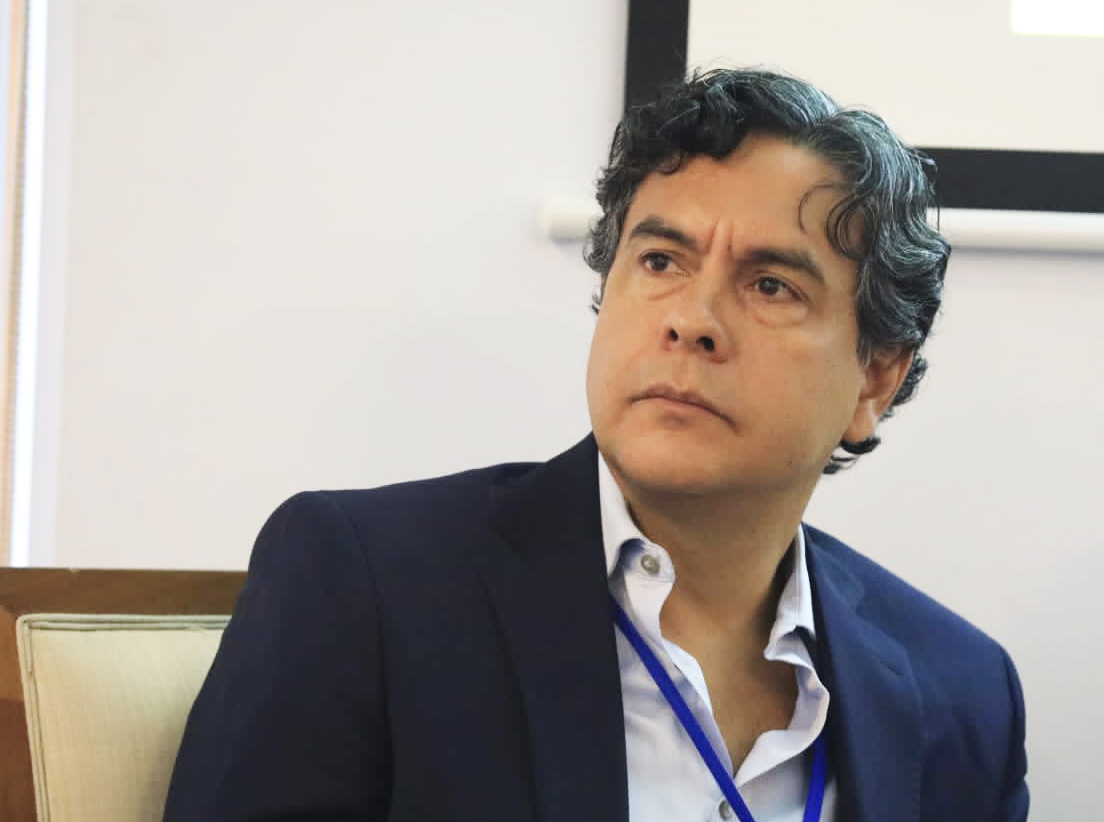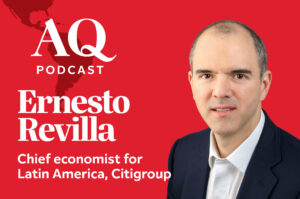This article is adapted from AQ’s special report on Guatemala
AQ: What are the key trends defining Latin American cities in 2025?
EZG: Megalopolises like São Paulo and Mexico City are slowing down, and it’s the midsize cities that are growing. Megacities have become crowded and too expensive, and commuting in them too hard. Decentralization, that is, more political and financial independence from central to subnational governments, has advanced in recent decades. However, there are exceptions, like Venezuela, El Salvador or Haiti. But while political regimes come and go, urbanization is here to stay. And mayors have risen in power, not just locally but at the national level.
AQ: Are cities more of a springboard to national politics now?
EZG: Yes, and you see that everywhere. Most recently, Yamandú Orsi, a former mayor of Canelones, was elected president of Uruguay. Claudia Sheinbaum was the mayor of Mexico City and Gustavo Petro was the mayor of Bogotá. Cities are where voters are. Latin America is the most urbanized region in the world, and that will continue. Cities offer politicians a lot of visibility—mayors are people you know. You know where they live and what school their kids attend. And they are always dealing with things that are dear to the population, to their neighborhoods. For the common citizen, the mayor will always be the closest political authority.
AQ: What are your biggest concerns for Latin American cities?
EZG: Inequality and climate, including shocks like the floods we saw in Porto Alegre in 2024, but also more silent trends, like extreme heat. Also aging infrastructure—Mexico City’s subway collapse, for example—and the impact of migration.
AQ: What cities should we be watching?
EZG: Cali, Colombia: They just hosted a very successful COP 16 on biodiversity, and there’s governance and innovation; it’s become a hub for startups. Cuenca, Ecuador: They’re highlighting their cultural heritage and green tourism in a new way. Montevideo: They implement integral policy that brings together risk reduction for climate disaster, waste management and electric mobility from bikes to trams. Finally, Campeche, Mexico, a mostly unknown destination: They decided to put the city on the map, opened to the world and established relations with companies, universities, civil society, students outside of Mexico. They came up with a strategy to launch “Global Campeche.” Never in Mexico’s history had a local government come up with a global plan like that
—
Zapata-Garesché is program team leader at Germany’s International Development Cooperation Agency (GIZ) and served as senior international adviser to the mayor of Mexico City. He is a member of AQ’s editorial board.
This interview has been edited for clarity and length.








